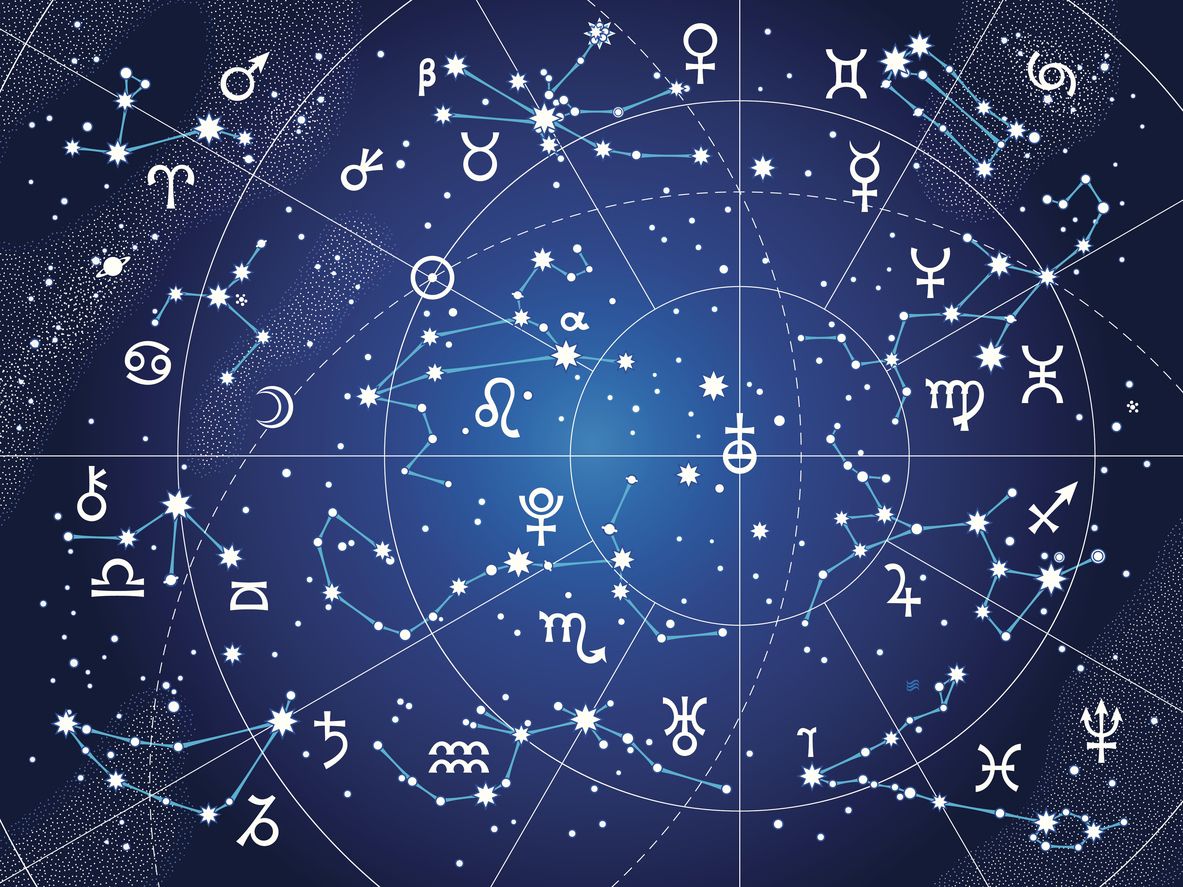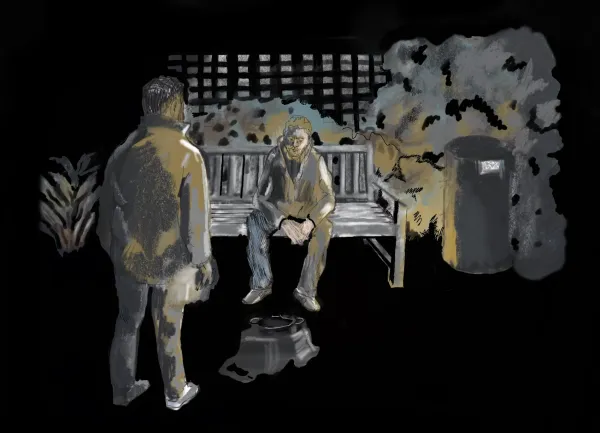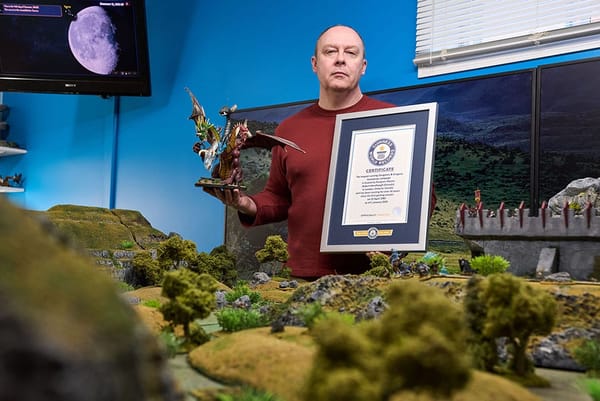Chicago May was "the most dangerous woman in the world"

From JSTOR Daily: "It takes a lot to be branded the most dangerous woman in the world. This was life for Mary Ann Duignan, a.k.a. May Churchill Sharpe, a.k.a. “Chicago May,” who made her way from Europe to America and back again as one the most notorious criminals of the early 1900s. Duignan was born in Ireland in 1871. But life across the ocean was calling her, and she answered by leaving home in 1890. May left home in the middle of the night, taking her family’s life savings with her, and unlike other European emigrants, she made that transatlantic trip in luxury, using her stolen gains to travel first-class. May, like many women in the city, turned to sex work to make ends meet, but she preferred to call herself a ‘badger,’ the term for a con-woman who entices her victim with sex, then robs him before she has to complete her part of the bargain.”
A second man is charged in the theft of Judy Garland's famous red slippers

From the New York Times: "A second man has been charged in connection with the 2005 theft of a pair of ruby slippers worn by Judy Garland in “The Wizard of Oz,” according to the authorities, who said that he had threatened to release a sex tape of a woman if she told the authorities about the theft. The man, Jerry Hal Saliterman, 76, of Hennepin County, Minn., was charged on Friday with one count of theft of major artwork and one count of witness tampering. The famed red-sequined pumps were stolen from the Judy Garland Museum in Grand Rapids, Minn., in 2005. Their whereabouts were a mystery for years until 2018, when the F.B.I. announced that they had been recovered. According to the indictment, Saliterman received the slippers, which he knew were stolen, and tried to intimidate an unidentified woman by threatening to reveal a sex tape of her to her family if “she did not keep her mouth shut.”
He stuck his head into a nuclear particle accelerator and somehow survived

From All That's Interesting: "Russian physicist Anatoli Bugorski is the only person known to have been directly exposed to a nuclear particle accelerator beam and survived. He was working as a particle physicist at the Institute for High Energy Physics in Protvino, a small town about 60 miles south of Moscow. Bugorski was working on the U-70 synchrotron, a nuclear particle accelerator that, at the time it was built in 1967, generated the highest-energy beam in the world. On July 13, 1978, Bugorski leaned into the synchrotron to check a malfunction — without realizing the safety mechanism had been turned off. All of a sudden, Bugorski experienced a flash “brighter than a thousand suns.” He had unwittingly put his head in the direct path of the main proton beam, which entered through the back of his head and exited through his nose."
Editor's note: If you like this newsletter, please share it with someone else. And if you really like it, perhaps you could subscribe, or contribute something via my Patreon. Thanks for being a reader!
For the first time Sri Lanka's official astrologers can't agree on what to do

From The Guardian: "Sri Lanka’s government-backed traditional astrologers have failed to unanimously agree on the best date for new year rituals, with squabbling seers warning of “disaster” and accusing rivals of misinterpreting the position of stars. Astrologers are hugely influential figures consulted by the island’s Buddhist and Hindu communities, and their advice for auspicious dates guides everything from marriages to business deals – and even national elections. But the 42-member group of astrologers employed by the island’s cultural affairs ministry said they were split for the first time on deciding the best date for new year celebrations. The majority set the dawn of the traditional Sinhala and Tamil new year on the night of 13 April. But dissenting seer Roshan Chanaka said the time was wrong and would lead the country into “disaster”.
New York's secret Explorer's Club boasts members like Hillary, Earhart and Aldrin

From the BBC: "No sightseeing map would direct you to East 70th Street, and it’s routinely bypassed by cab drivers, commuters and pedestrians. But beyond the townhouse’s wrought iron doors, under a keystone archway, a world of tightly guarded secrets awaits. For this intriguing six-storey mansion, 109-years-old and a fusion of Jacobean Renaissance and Tudor architecture, is a social club for a clandestine group of travellers who have seen more of the world – and universe – than anyone would think possible. A drop-in visitor can see trophies of cheetah and lion from Smithsonian expeditions; a yeti scalp and prayer wheels from Tibet; a first edition of Napoleon’s description of Egypt; an Alaskan mammoth tusk, moose heads and stuffed penguins; a pelt from a man-eating Nepali tigress; and the ivory of a four-tusked elephant, a rare genetic anomaly."
Beatrice Shilling was a pioneering engineer who helped win World War II

From the BBC: "As the Battle of Britain raged in the summer of 1940, a fatal flaw in the design of engines used in two of the RAF's mainstay aircraft - the Hurricane fighter-bomber and the iconic Spitfire fighter plane - became apparent. When they dived and encountered negative g-forces, the carburetor in their Rolls-Royce Merlin engines would often flood, resulting in them cutting out. The solution to the problem was discovered by Beatrice Shilling, a pioneering young engineering graduate of the University of Manchester. Born in 1909, Beatrice - universally known as Tilly - was obsessed with engines from early childhood. She was one of only two female engineering graduates from the university in 1932. Tilly was not content to merely study the theory of engineering though. She also took up motorcycle racing, and after fitting her bike with a revolutionary supercharger, she achieved speeds of 106mph and won a number of awards."
Beware, the squirrel uprising is coming
The squirrel uprising is coming. pic.twitter.com/LMvvHsNaU5
— Kim Wexler's Ponytail (@MadisonKittay) March 18, 2024
Acknowledgements: I find a lot of these links myself, but I also get some from other newsletters that I rely on as "serendipty engines," such as The Morning News from Rosecrans Baldwin and Andrew Womack, Jodi Ettenberg's Curious About Everything, Dan Lewis's Now I Know, Robert Cottrell and Caroline Crampton's The Browser, Clive Thompson's Linkfest, Noah Brier and Colin Nagy's Why Is This Interesting, Maria Popova's The Marginalian, Sheehan Quirke AKA The Cultural Tutor, the Smithsonian magazine, and JSTOR Daily. If you come across something interesting that you think should be included here, please feel free to email me.



